Foraging in the City
One of my many adventures in frugality involved getting me some free food. I used to do that via events before COVID shut that down; in place of that I’ve been doing some urban foraging instead. You’d think I’d have to live in the woods to forage, or at least next to fields that practice gleaning. Turns out you don’t have to live deep in the woods for proper foraging. You urbanites can forage in the city because I just did! In fact, I first started foraging in 2019 with mulberries! Said mulberries are my main focus for a few significant reasons:
- They’re plentiful/easy to find
- They’re easy to identify
- There are zero poisonous lookalike berries
- Berries at the grocery store are stupid pricey
My vague Google searches told me mulberries are great for beginner foragers for exactly those top three reasons; the fact you’re getting them for free is so obvious it largely goes unmentioned. If you’ve never eaten mulberries before, I’m willing to bet it’s because they will never make their way into grocery stores. They’re not mass-distributed because they’re too freaking fragile to package up. They can get crushed under their own weight, which makes them an immediate non-starter on trucks or other means of transport. Their shelf life is similar to most berries and they taste AMAZING. Foraging in the city has never been so rewarding!
How I Got Started
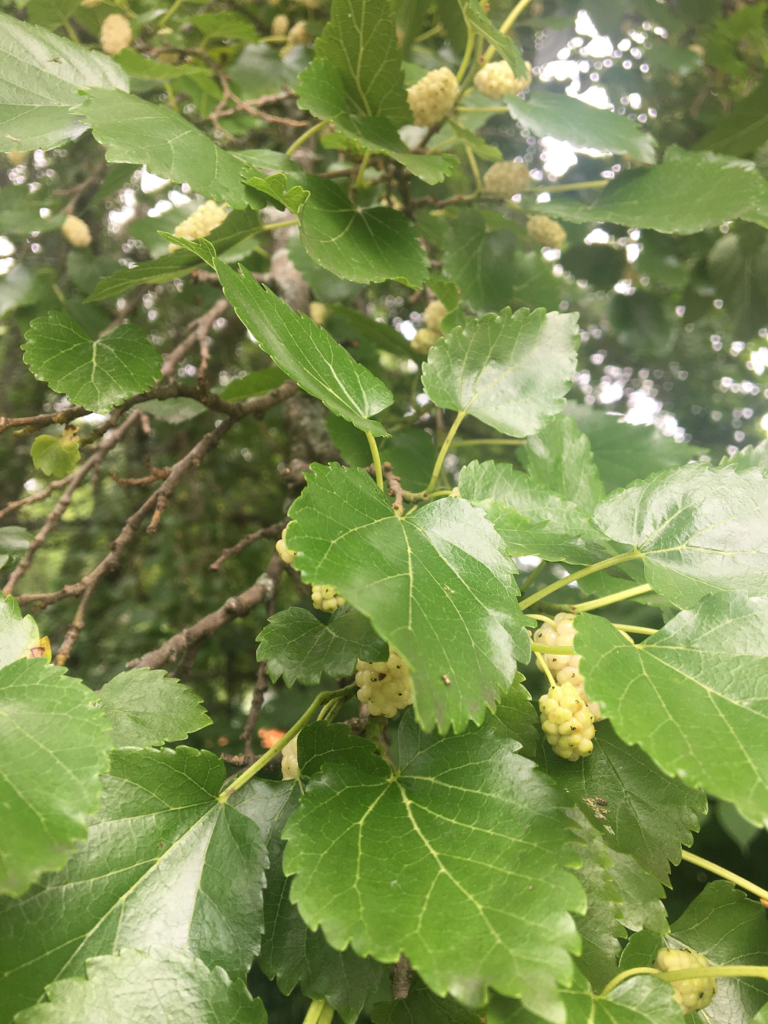
There are two ways of finding mulberry trees, or finding anything edible if you’re foraging in the city. The first way is by discovering them yourself. The second way is by others telling you where they are.
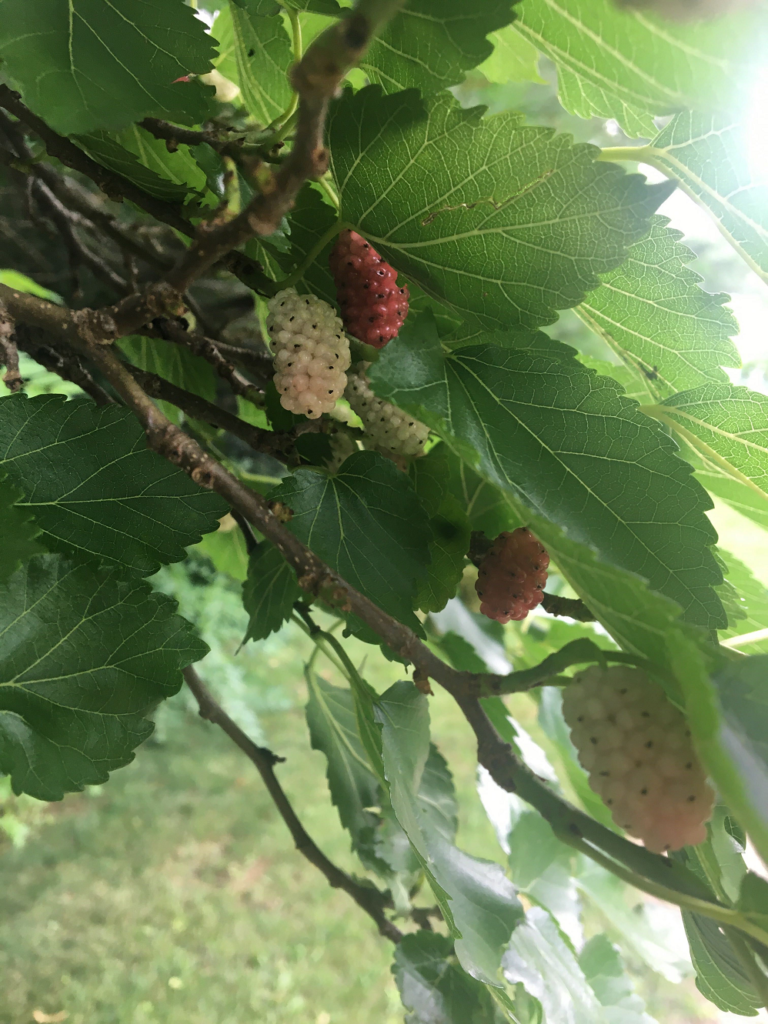
If you’re doing it the first way, it pays to keep your eyes peeled. Where I’m at (the greater Boston area) you can find them wherever there be trees. The spots I pick from include in the park, along the trails, and my secret spot by an office park. I only found that secret spot because I used to work near those office buildings and noticed mulberry trees NO ONE was taking advantage of. I had tried eating one to test for poison and nothing happened, so of course my next step was consuming buckets of them.
These trees are, again, easy to identify thanks to berry-producing trees being easy to spot. The berries stand out against the green leaves and can come in black, red, or white colors. Different-colored mulberries taste differently (black/red are a little more start, white is very sweet) but they’re all worth picking.
Sometimes you don’t even have to look up at trees to identify them; just look at the ground and see if you spot fallen/smushed berries! Mulberries fall easily off the branch once they’re ripe enough. You could sneeze in their general direction and see one fall. Thanks to the wind and other outdoor action you’ll see stains, if not outright carpets, from berries falling underneath a ripe mulberry tree.
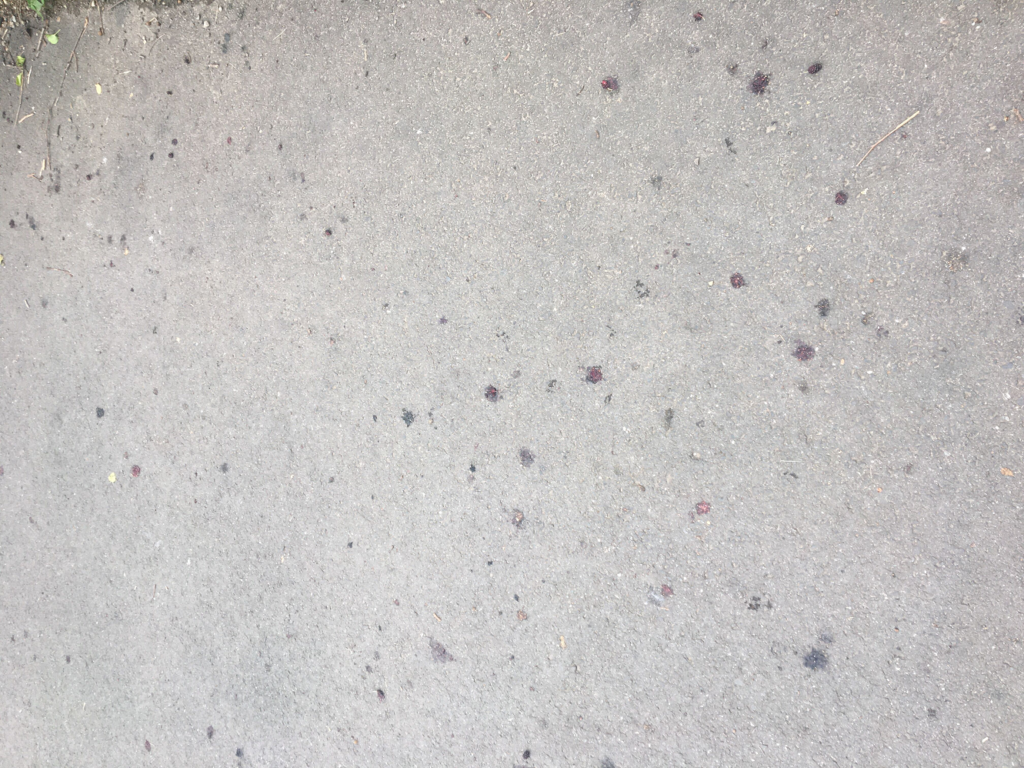
You can tell by spotting what looks like bird droppings in a particular area. Look closely; if you see parts of whole berries, that’s a bingo.
Have the Locals Teach You
If you’d rather someone else tell you where to find these things, there’s some cool websites and apps for just that! The biggest/best one is Falling Fruit, which has been around for years now. They’ve got a foraging map telling you where you can find tons of food in the city, not just mulberries. In Boston alone I can satisfy my berry search with serviceberries, juneberries, blackberries, even cherries! The map also tells me where I can forage plenty of other edible plants in the greater area. I’m talking the good stuff like walnuts, apples, grapes, and plums. We can also go get wild garlic, chives, and gingko, which I bet you didn’t know you could gather as an urbanite. Here’s an embedded map to give you a better idea:
Besides Falling Fruit, you can always just ask your neighbors if they know of any “secret” berry bushes or fruit trees ripe for plunder. Go to a neighborhood-specific site like Nextdoor or a local Facebook group to ask about it. (They’re also awesome for sourcing free stuff!) You’ll get some folks pointing you to Falling Fruit, but you can also get folks who’ll tell you which parks or random patches of woods contain tasty pickings. Best of all, you’ll now be on the radar for the gardeners with more fruits and veggies then they can eat. Whatever they don’t end up selling or preserving could end up with you instead!
Foraging as a Social Hobby
Going foraging in the city can be both a funky hunt with friends AND a way to make new ones. Which, again, wasn’t something I expected when I started foraging mulberries. How do I know this? Because I wasn’t the only one foraging mulberries.
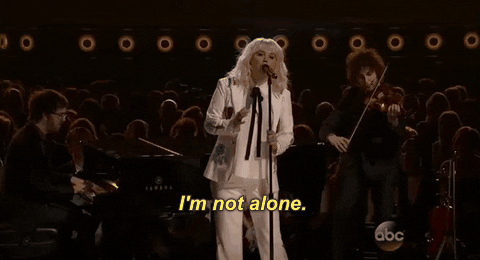
While on the trails I passed a mom who had her kid in a mulberry tree, who was getting to the berries an adult could not (very smart). “I had the same idea!” I exclaimed, holding up my berry bucket. She got this huge smile on her face and we chatted for a second about berry hunting while her kid climbed down. I got a good haul on my lonesome, but I’m still feeling envious she had someone small enough to navigate the smaller mulberry branches.
Further on down the trail was another mulberry tree and I started picking off the ripe ones. Another woman walking with a little girl came up to ask what kind of berries they were; I explained they were mulberries and really tasty so I was excited to pick the ripe ones.
“How can you tell if they’re ripe?” the mom asked.
“Oh, I’ll show you.” I held my bucket up to a branch and gently shook it; it only took one shudder for a berry to obligingly drop. “Once they’re ripe they fall off easily. If they don’t they’re not ready yet.”
“Oooooh,” mother and daughter said, in awe of my expertise. Which was funny since I am in every way a beginner. Then again, a beginner knows more than a non-starter does. (Finance is like that, too. 😉)
Foraging was a big social activity back in the pre-city caveman days too. You could make the argument you’re just going back to your roots by partaking in it.
Storing What You’ve Foraged
There are a couple of steps you need to take to store any mulberries you pick, but not much. After striding through the door with my bucket o’ berries, my first point of action is washing ‘em off. The really hardcore foragers use diluted vinegar as part of the washing process. I didn’t do this because I went the path of least resistance: I put them in my colander and ran water over them. I wasn’t sure if I was really getting them clean so then I put them in a bowl with water and left them to swim for a bit. There’s something primally satisfying about playing with berries as they bob in the water; I recommend it!
I considered making jam for a hot second before deciding to just freeze them (again, path of least resistance). There were too many to lie evenly on my freezer sheet so I grazed until I was happy with the amount still there. The Internet foragers did not lead me astray – these were TASTY.
Once I was done eating what I had picked, I popped that sheet into the freezer so they could get nice and frigid. If you’re also freezing your mulberries, you’ll want to do this flash-freeze method of laying them out evenly on a freezer sheet (aka a baking sheet, in my case). If you try putting them all in a bag to freeze then they’re going to harden in one big lump instead of individually, which you don’t want unless you’re particularly masochistic.
Another freezer note:
The white mulberries don’t freeze as well as the darker ones. After a few weeks in my freezer the white ones were still edible but taste gross. The dark mulberries can stay frozen for over a year; they only lasted that long because I forgot they were in there and got a happy surprise in 2020.
The Cost Savings of Urban Foraging
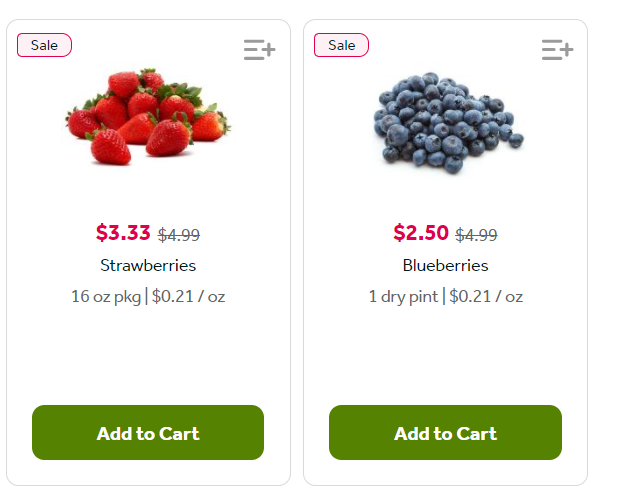
My foraging forays focus on just mulberries for the time being; I pick them to satisfy my want for berries without sending my grocery budget up skywards. As of this writing the cheapest berries at my closest grocery are the on-sale blueberries, and they’re STILL pricey at $2.50 per pint.
In that respect, then, I’m saving roughly ten dollars for every three pounds of berries I forage. You can’t beat free, but given the short mulberry season (they’re ripe mid-June through August) it doesn’t scale up to significant numbers.
This isn’t limited to my mulberries, either. Foraging in general is highly seasonal and also hard to undertake. That’s why humanity has largely abandoned it in favor of agriculture (easy pickings!) It should be more of a supplement to a healthy diet than anything else.
With that said, there are folks out there who incorporate foraging in the city with their lifestyle; not only that, they do it to the point of eating most every meal for free. Freeganism is a movement focused on eating for free via saving food that would’ve been wasted otherwise. There’s a lot more to the movement, which is a philosophical pledge to be more eco-friendly and hostile towards consumerism. They’ve got that in common with the FIRE movement, but freegans are a lot more hardcore. As in, boycotting capitalism entirely and skirting the law in the name of environmentalism, hardcore. I can only aspire to reach that level of cool.

If you want to make foraging work, get ready to become an expert on the edible plants in your region and during what time of the year you can go harvest them. I’ll cheer you on from here until I get the time to expand beyond my mulberry hauls.
Foraging Supports my Goals and Dreams
Note the word “until” in that last sentence. I do plan on “foraging” much more in the future, just not while in the city. My current urban foraging is my own small way to touch one of my goals and dreams of growing a food forest. I’ve been a little obsessed with the idea ever since I first heard about it in 2019. Food forests differ from your more traditional gardens in that food forests are, well, more of a forest. They also take full advantage of whatever green space you can dedicate to them, with up to seven layers of growing foodstuffs up for grabs.
I like this video the most to explain the concept. Short, sweet, and Scottish narration makes for an easy understanding of food forests and permaculture. I’d like you to listen in for a fascinating statistic they share early on in the video: their food forest takes up 0.2 acres (or a fifth of a football field) and can produce A LITERAL METRIC TON of food. While being incredibly low maintenance! Excuse me while I geek out over this, wow.
Until I can buy my dream house and start building my own food forest, I can always forage in the city to scratch that itch. I’ve got a list of 25 different fruits and vegetables I want to grow at my future dream home, mulberries being one of them. Foraging now means having experience years beforehand on how to pick, store, and preserve them. You heard it here first: you can still channel your inner forest witch by foraging in the city instead of the woods. There’s plenty of good foods and herbs right under your nose.
Is this a cool thing I should do more often? Or have I gone off the deep end? Sound off in the comments below!
Cover image credit: Egor Myznik via Unsplash

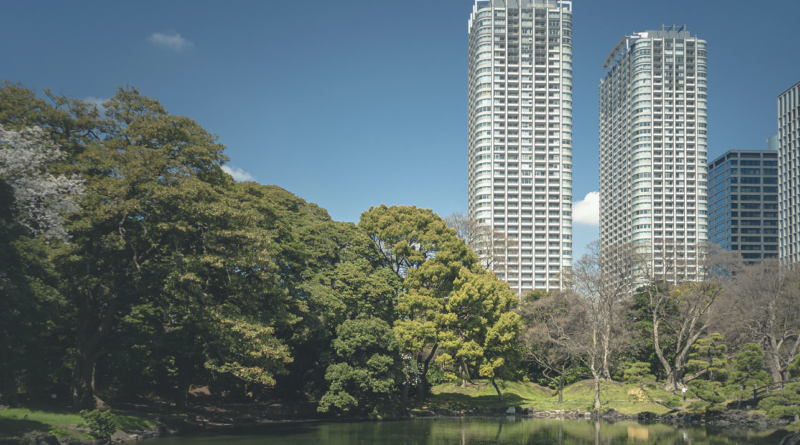
Foraging is a great idea. When I moved into my new house almost two years ago I discovered a large Shagbark Hickory tree in the yard. This year’s crop looks pretty big so I bought an industrial-size nutcracker and nut picker. I may try selling them on ebay or to local farmer’s markets if I have a surplus. I don’t really care if this is a money-maker or not because I’ve never tasted anything like the Shagbark Hickory nut – it is truly fantastic! Shagbark Hickory nuts have the texture of walnuts but are sweeter, almost like maple or pecan.
That description sounds phenomenal, I’m now going to be on the lookout for a shagnut hickory in my vicinity. Wikipedia’s telling me they’ll never be in stores because the output changes every year, which means foraging is the most accessible way to them. Wow, the more you know!
Ok, I’m oddly fascinated by all this… I foresee spending way too much time exploring this tool and looking for food to forage in various places. Dumpster diving is where I draw the line, but finding wild food and not being afraid of being poisoned by it would be pretty cool. I hadn’t heard of a food forest before, but that sounds in line with my further off retirement goals of having a homestead/small farm where we can grow, raise, and make most of our food. Thanks for sharing!
I first heard food forests described by someone saying they can walk outside into theirs and casually pick tons of fruits and nuts as they went along. Since then I’ve daydreamed about doing the exact same – just wandering outside for a few minutes to get my arms full of the good stuff! I’m not sure where you are in Arizona but I’m pleasantly surprised at how many places out there have something noted on Falling Fruit, let me know what goodies you come upon!
Foraging is a great way to get free fruit and try things that aren’t sold in stores! We have a serviceberry tree a block down the street on the curb and a 1/2 mile away a cluster of tart cherry trees. I passed what I’m pretty sure is a quince tree hanging over the sidewalk on the way to get burgers last week so I need to remember to check it again in September.
I also grow my own berries and now that they’re established I get so many raspberries and blackberries with very little effort every year.
You have such an abundance! I’ve never even heard of quince trees before but they look incredible; time to see if I can hunt one down out here…
I love this post. We have a couple mulberry trees in our neighborhood we pick from and always encourage our neighbors to pick too. The best part is how our young daughter absolutely loves them! Looks like I have a new app to check out too!
Hey Darcy! Thanks for pointing out “Falling Fruit”. I’ve seen a bunch of these sites or apps and dismissed them when they had virtually no data in our local area, and I’ve plucked plenty of berries off local bushes! Falling Fruit has loads of data in our area and confirmed my suspicions for a few locales. Great stuff!
Pingback:A $250000 Net Worth Update! - We Want Guac